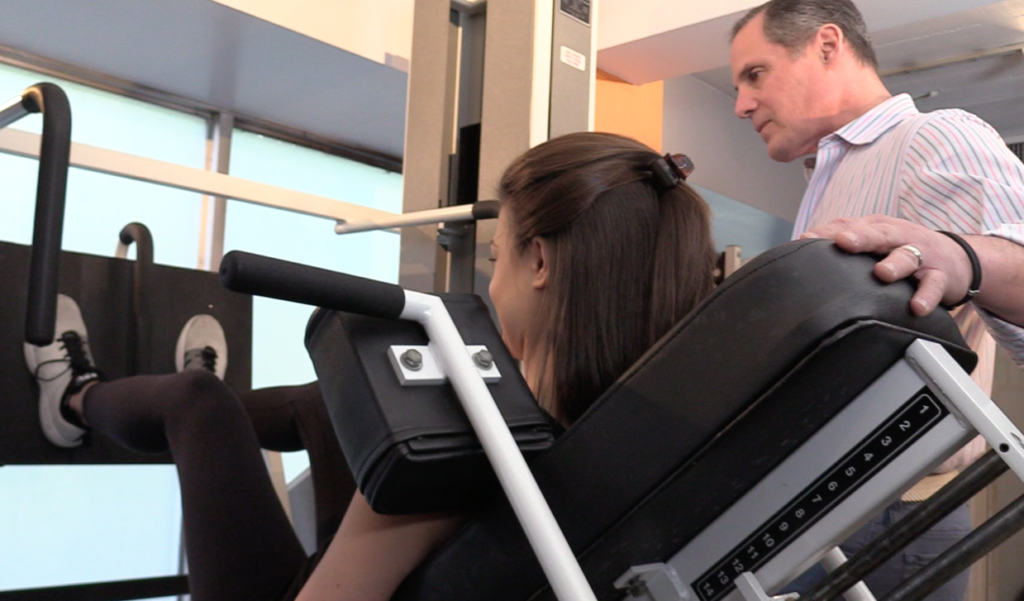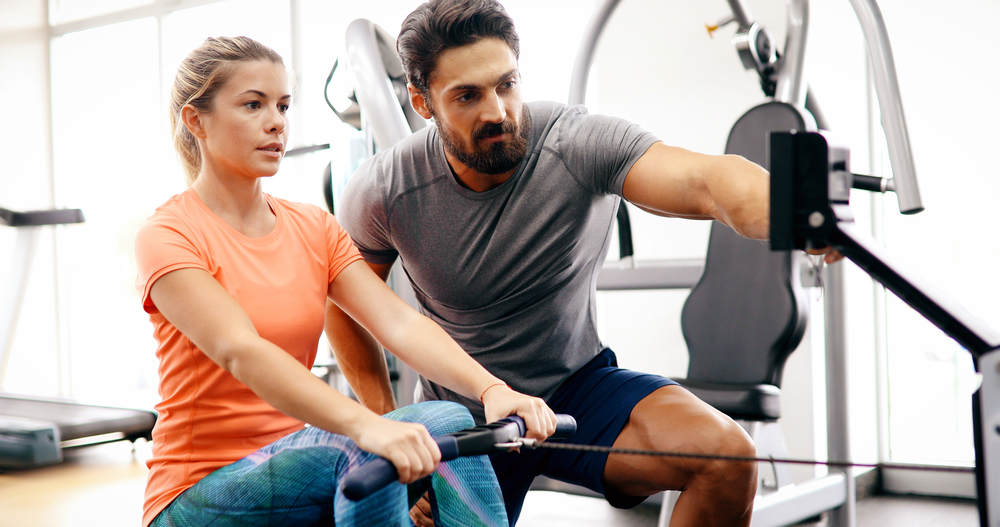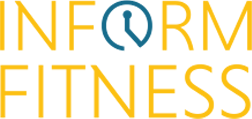I distinctly remember a recent conversation with a long-time client about a new ‘fitness training’ watch he had just gotten as a gift for the holidays. We spent a considerable amount of time going over the features and all the ways it measures and tracks things about your body condition and movements. He seemed really excited about it. He then went on to say “I never thought I’d see the day where Adam Z is replaced by a watch”.
Lol. Time out…
Truth be told this is not a unique conversation. I constantly have clients raising topics of a new fitness this or that. And while they may be exciting, shiny and new at the moment, everything you want to achieve from a fitness standpoint comes from a fitness program that’s rooted in solid fundamentals. No matter which fitness path you choose, in some way shape or form, whether you realize it or not, you will be involving the fundamentals.
I figured we can use this post to get things back in perspective from a fitness standpoint to help you understand these fitness fundamentals.
Obviously for those who know and train with me, I have a very distinct point of view on what fitness is, how people get back in shape and how to go about the whole process. More on that later.
But for those who are new to fitness – maybe want to get back in shape, gain muscle mass, get stronger, lose weight or some combination of all of the above – this perspective may be helpful on your fitness journey.
This time of year, there’s no shortage of ways that promise to help you get in shape.
From inexpensive ‘big-box’ gyms and health clubs, to new at-home connected fitness equipment, to books, videos, blogs, bootcamps and everything in between. This is also not a new phenomenon. (Anyone remember when Jane Fonda’s workout videotapes were all the rage!)
In the ‘fitness options’ mix is this thing called ‘Personal Training’. At the surface it’s defined precisely as the name would suggest. One-on-one fitness training where a certified fitness trainer prescribes and guides you through a fitness routine and supervises your activity. They may also keep records of your activity.
For over 28 years, Personal Training is the fitness path I’ve chosen to take my career and my preferred way, among all the other possible ways out there, to help clients master the fundamentals and get the fitness results they are looking for. At InForm fitness, we have developed a very unique approach to how Personal Training should be done. There’s several reasons for this and, oddly enough, the reasons I chose personal training as my career are very similar to why my clients chose personal training as the fitness path they want to pursue. (It’s nice when a plan comes together.) I think these reasons can help you as well, as you evaluate your fitness path.
Here are the fundamentals.
1. The body works in a particular way.
Biomechanically, the human body works pretty much the same for the vast majority of folks. From the systems of joints, movement, muscles, skeletal, circulatory, neurological, nutrition – all of these systems work, in principle, in similar ways from person to person.
The body’s systems have rules, and these rules need to be taken into account when seeking a fitness regime.
Not only to achieve your fitness goals as efficiently as possible, but also avoid injury while doing it!
2. But each body has its own idiosyncrasies.
While the systems of the body may work in similar ways, each person’s body has its own idiosyncrasies that also must be taken into account.
For example, you may have issues with lower back pain, or back issues, or perhaps knee or joint issues, that will take your fitness path in a different direction in order to help you reach your goals, while not exacerbating your issues further.
Your body’s own individual idiosyncrasies, and overall fitness level, must also be taken into account when designing a fitness program. Like a physician who understands the larger picture of how the human body works, but prescribes a specific treatment for your own particular health situation, a Personal Trainer understands the larger body/health picture, but takes into account your idiosyncrasies.
3. Personal Trainers get to know you as a person.
The relationship between the body’s systems, your particular body and your fitness goals all come together with a Personal Trainer.
We get to know you as a person, know what you’re trying to accomplish, know how your particular body works and how you respond to exercise. And also how you’re tracking toward your fitness goals.
4. It’s easy to get lost, or have false starts.
Because fitness is the intersection of your goals, your body, the program you choose, and the fundamentals of each, there is a lot of information swirling out there in ‘fitness world’ and lot’s of information you will need to process to get to a program that’s right for you and stick to a program that’s effective should you choose to go it alone.
Personal trainers understand most of these fundamentals and can help put in the right perspective all the ‘fitness noise’ and get you on a fitness path without all the trial and error.
With our InForm program specifically, our trainers put a specific emphasis on efficiency in workout routines – the maximum results in the fewest movements and time.
And doing things in a strict, controlled, supervised fashion in order to avoid injury!
5. You will need direction, motivation… and some accountability.
While many people are excited and motivated with their fitness goals at the outset, many times the initial enthusiasm wears off over time.
Your attitude may change and so may your behaviors. Perhaps allowing your fitness routine to fade or dissolve away completely. Pushing your goal further out. Only to make a new goal at some point in the future.
Personal Trainers help keep your goals in focus and you accountable for sticking with a program. Which is probably the most important aspect of any fitness protocol. Consistency.
Matching the internal body mechanics, your individual idiosyncrasies and the goals you are trying to achieve and doing it consistently is what Personal training can bring to the table.
As you continue to explore which options may be best for you, keep in mind the intersection of these fundamental areas and use them as a framework to cut through the fitness ‘noise’ compare and contrast fitness routines.
(BTW, My client doesn’t wear his fitness watch anymore…but we still workout regularly.)
To your health,
AZ
- How to evaluate a Personal Trainer?
- Is Personal Training right for me?
- Are Personal Trainers worth it?
- I have an old injury, should I consider a Personal Trainer?
- The top 5 things to look for in a Personal Trainer.
- Can a Personal Trainer help me get back in shape?
- Can Personal Training be done virtually?
- Can Personal Trainers help with weight loss?
- Can Personal Training help with gaining strength?
- Is Personal Training effective compared to other fitness methods?
- What is the best way to gain strength?
- What is the best way to retain muscle mass?
- What is the best way to get back in shape?
- Can Personal Training help with lower back pain?
Can I exercise with an injury?




